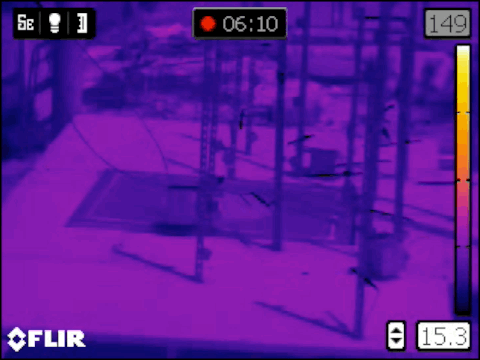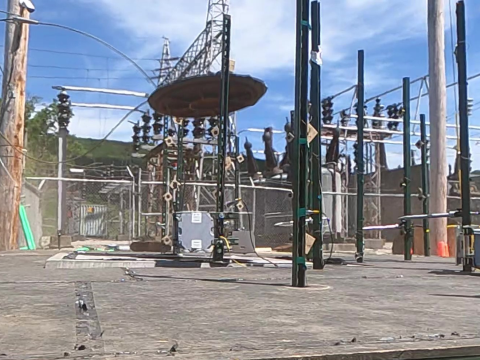Underground Events Research
Industry Challenge
Most urban centers rely on extensive interconnected networks of underground structures to house the cable systems, transformers, and other equipment that deliver electricity to customers. These structures allow utilities to keep equipment out of sight and house infrastructure that provides some of the highest reliability in the industry. Unfortunately, these structures can also hide degraded and failing components that may generate combustible gases and explosive underground events. While rare, such events may endanger utility workers and the public leading to damage, loss, and possible injury.
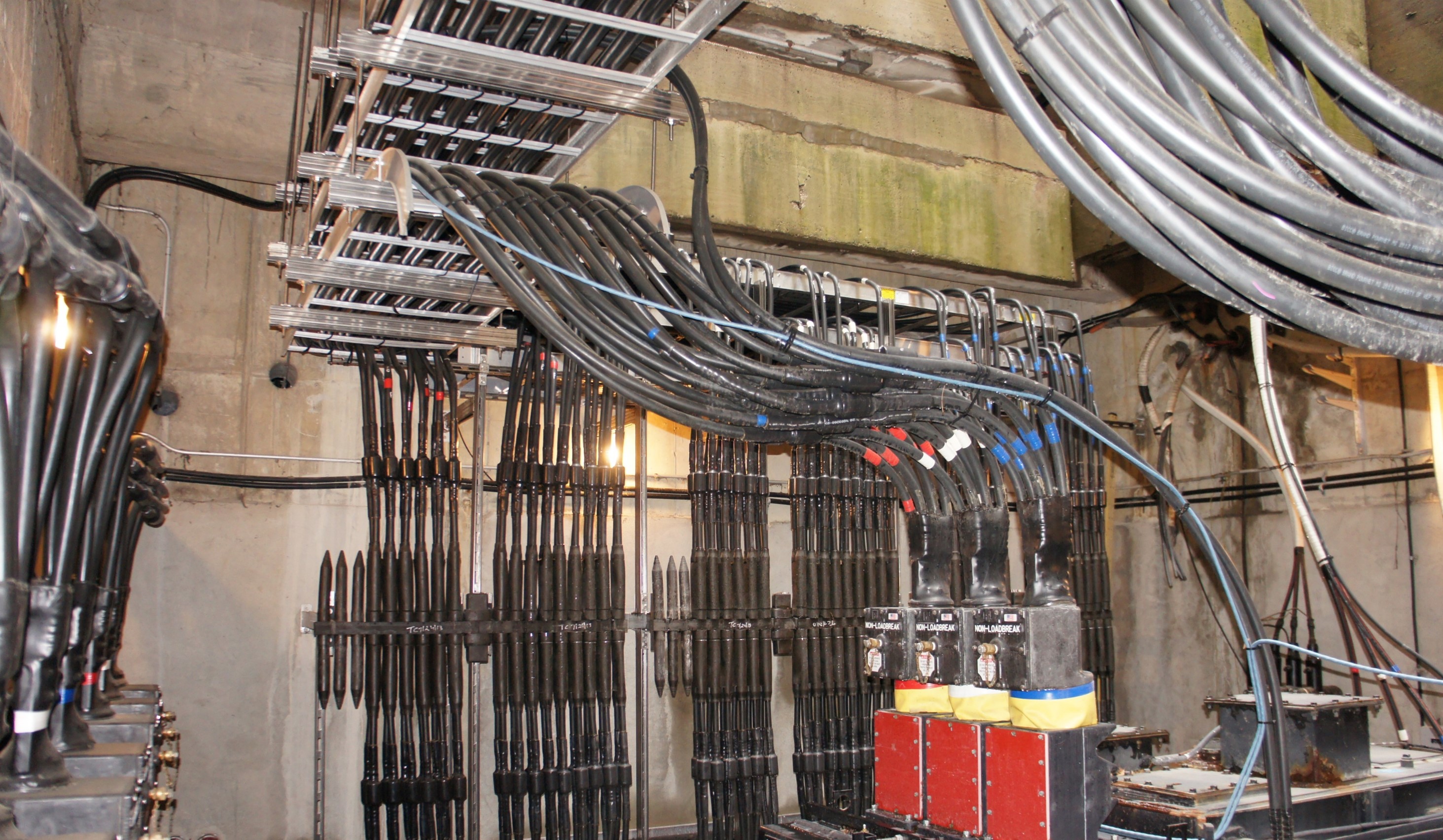
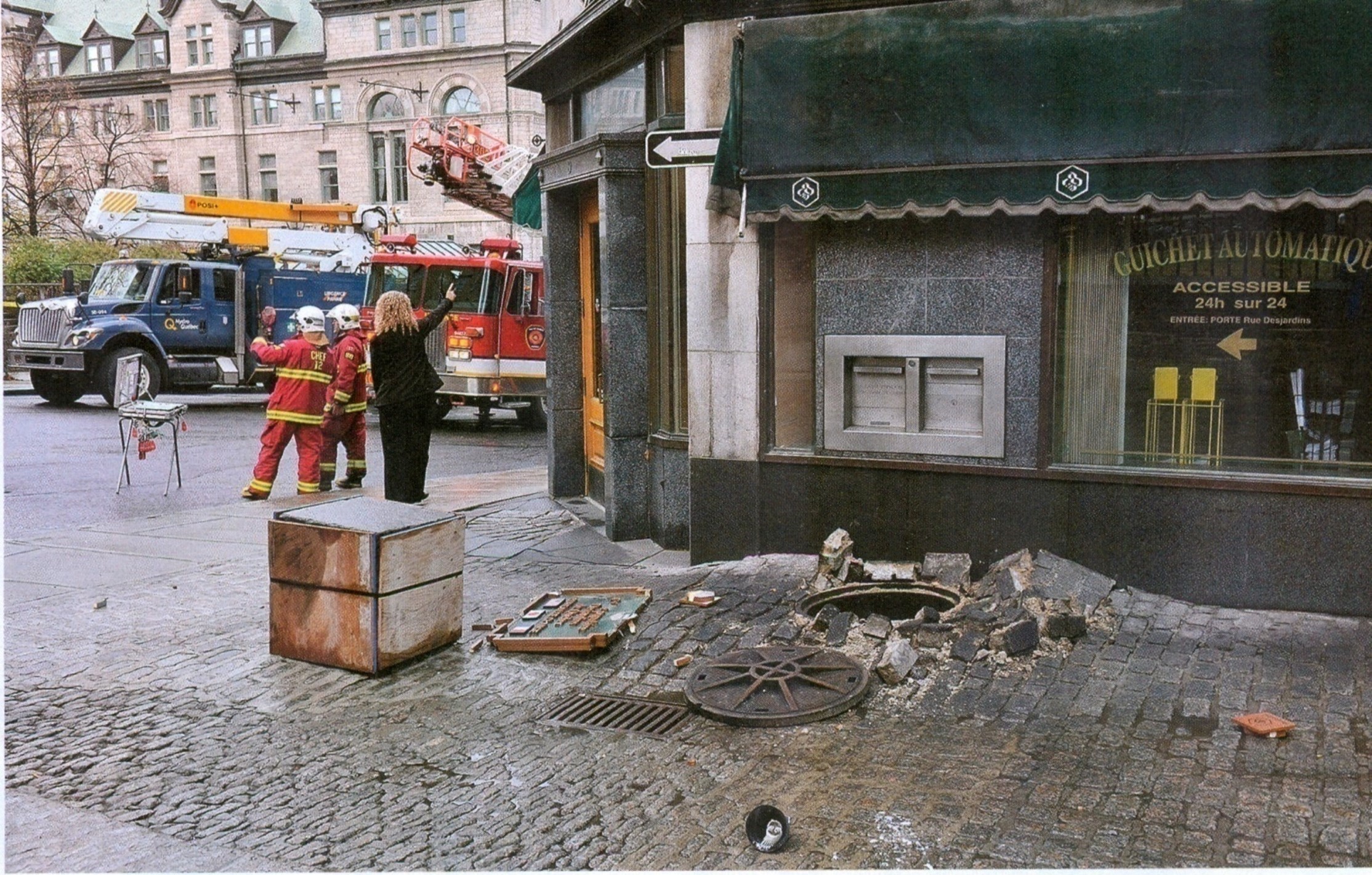
EPRI’s Response
EPRI has conducted a significant amount of research into underground structure events over the past 25 years. This was spearheaded by the construction of a full-scale underground structure testing facility at its laboratory in Lenox, Massachusetts.

This test facility consists of multiple utility-spec underground vaults of various sizes with:
- electrical and gas conduits
- gas storage, injection, mixing, and ignition equipment
- multiple sensors, including temp and pressure
- high speed cameras and infrared (IR) thermography equipment
- a comprehensive data acquisition system
Using this facility, EPRI has led the industry in conducting objective research, including full-scale lab testing, to thoroughly investigate and identify new technologies, designs, methods, and procedures that can mitigate or eliminate the risks associated with utility underground structure events. EPRI has further invested in research to better understand the sources of combustible gas that can accumulate within underground structures over time.
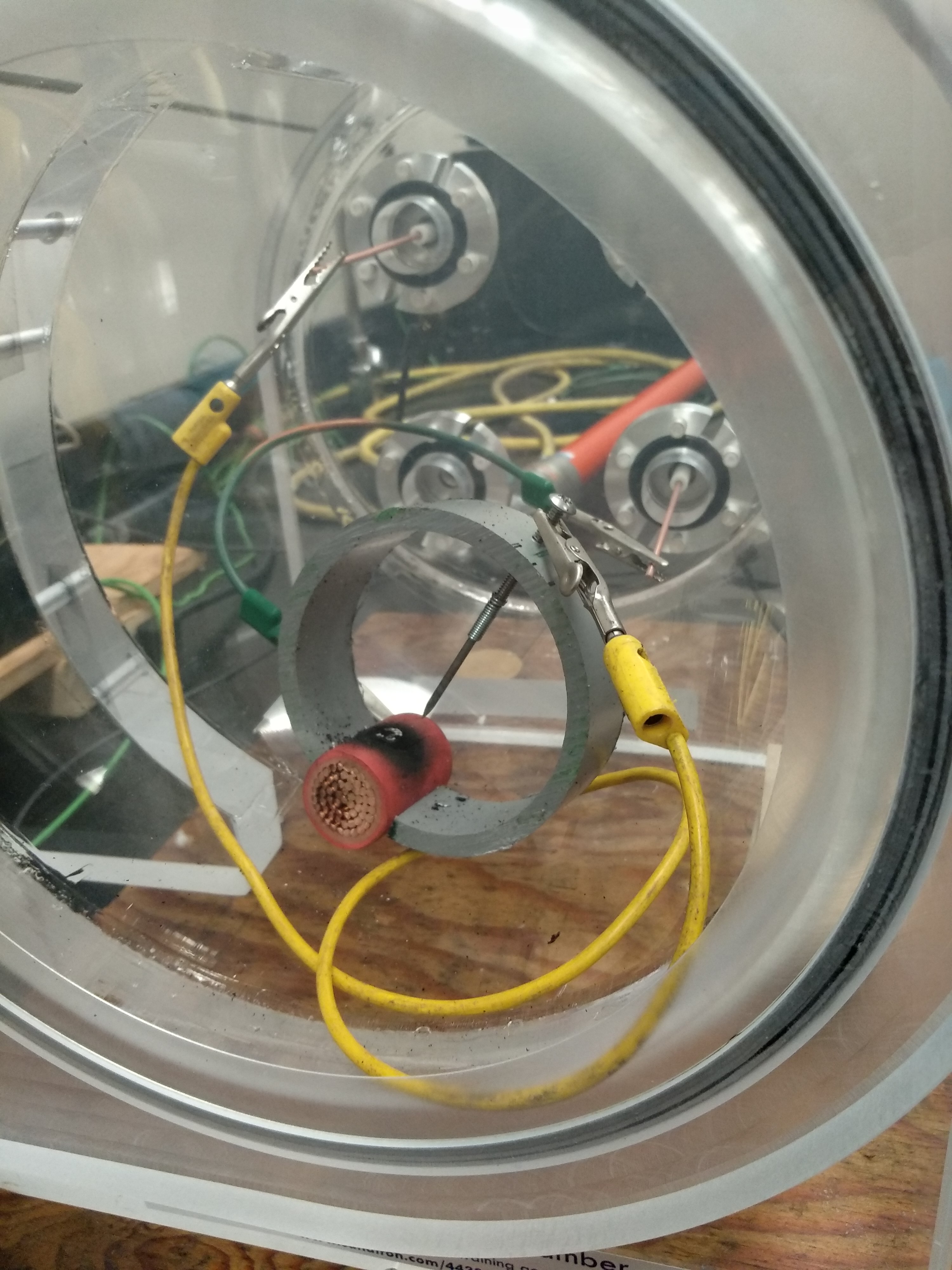
Progress, Results, & Next Steps
EPRI research in this area has helped utilities develop and test their mitigation strategies while at the same time increasing the industry’s fundamental understanding of the factors that lead to these events. Effective mitigation strategies are commercially available and, through testing at the EPRI Lenox Laboratory, have shown they are capable of reducing the risk of underground structure events.
In the last two years, EPRI’s research focus in this area has shifted to prevention. We now have a better understanding of the gas generation sources, species, and rates. This has opened up the possibility for the development of new sensors and monitoring systems with the potential to detect the precursors to these events so that utilities can prevent UG structure events from occurring. Gas detection is but one possibility as other sensors, such as infrared thermography for detecting overheating components and acoustic sensors for detecting arcing and other discharge phenomena, are being combined to provide holistic health information on components within underground structures.

EPRI is investigating the capabilities and effectiveness of these systems through laboratory tests and targeted pilot programs in the field. The ultimate goal of this work is to enable visibility of the condition of unseen underground assets so that utilities can maximize the time they have to react before an underground event occurs.

How to Use the Research
This research has produced both actionable information on underground events and laboratory facilities for performing controlled verification testing on potential monitoring, mitigation and prevention technologies before they are widely deployed in field. Underground events are rare in the industry, but the EPRI Lenox Laboratory can create several underground events in a single day with no risk to customers or field personnel.
How to Get Involved
EPRI continues research in this area as part of the Annual Research Portfolio and via Supplemental projects focused on individual deployments of mitigation or prevention technologies. Currently available and upcoming collaborative projects for you to join include:
Annual Research Portfolio
P180.002 - Distribution Underground Assets
Supplemental Projects
Underground Structure Monitoring Guiding Alarm Setting and Monitor Deployment
Evaluating Remote Inspection Technologies for Underground Structures
Field Demonstration Opportunities
There are many new technologies on the market that aim to increase situational awareness of underground systems, with a goal of prevention of an event. EPRI can design and execute field pilots of one or more technologies so that utility teams can understand how they work and how they could be implemented.
Please reach out to John Tripolitis (jtripolitis@epri.com) or Joshua Perkel (jperkel@epri.com) for additional information.

